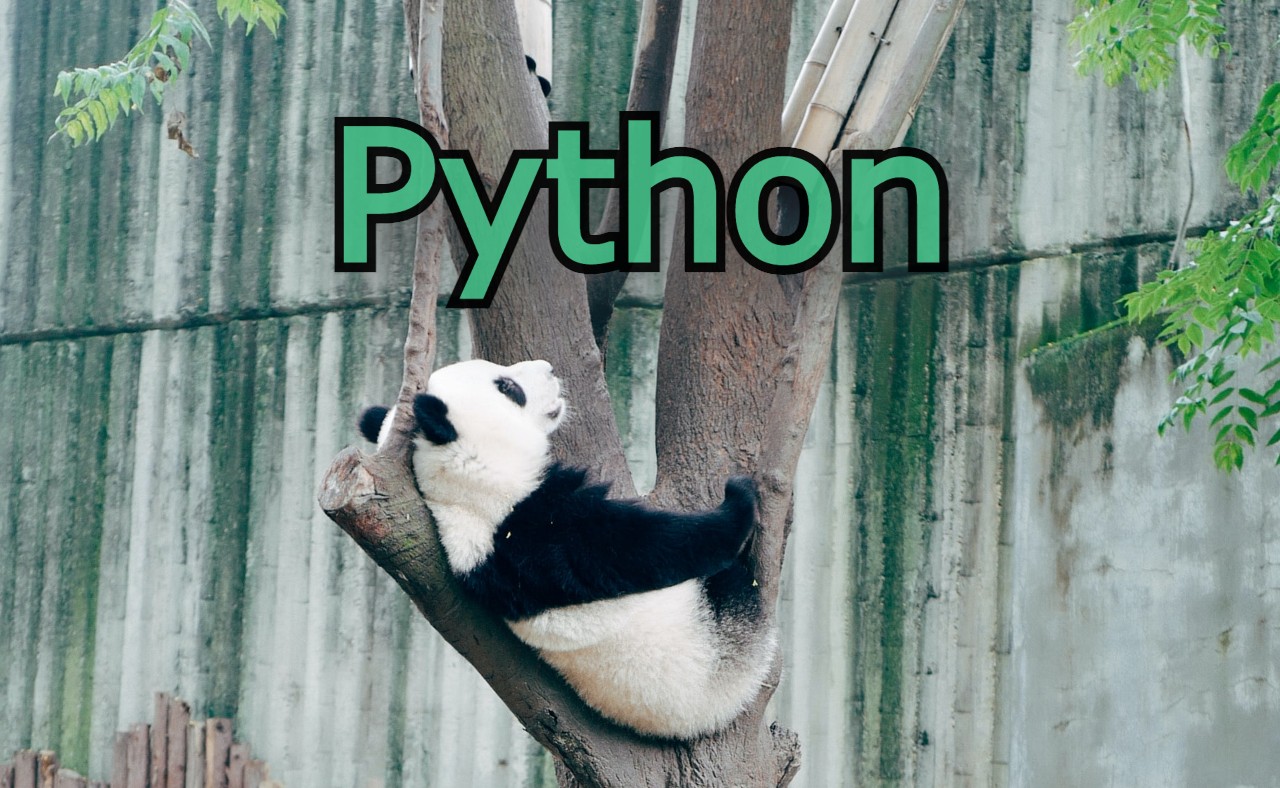Pythonのif文に変数を直接指定して、判定したときの挙動を確認してみました。
載せているコードはPythonのバージョン3.10.7で確認しました。
if文に値を指定して、挙動を確認する
if文に直接、変数や値を指定して、挙動を確認してみました。
None
none = None
if none:
print("none:true")
else:
print("none:false")
# none:false
NoneはFalseになります。
空文字
empty = ''
if empty:
print("empty:true")
else:
print("empty:false")
# empty:false
空文字(”)はFalseになります。
文字列の変数
fruit = 'apple'
if fruit:
print("fruit:true")
else:
print("fruit:false")
# fruit:true
文字列の変数はTrueになります。
空のリスト
empty_list = []
if empty_list:
print("empty_list:true")
else:
print("empty_list:false")
# empty_list:false
空のリストの変数はFalseになります。
値が入っているリスト
input_list = ['apple', 'lemon', 'banana']
if input_list:
print("input_list:true")
else:
print("input_list:false")
# input_list:true
値が入っているリストはTrueになります。
空のタプル
empty_tuple = ()
if empty_tuple:
print("empty_tuple:true")
else:
print("empty_tuple:false")
# empty_tuple:false
空のタプルはFalseになります。
値が入っているタプル
input_tuple = ('cherry', 'grape')
if input_tuple:
print("input_tuple:true")
else:
print("input_tuple:false")
# input_tuple:true
値が入っているタプルはTrueになります。
空の辞書
empty_dictionary = {}
if empty_dictionary:
print("empty_dictionary:true")
else:
print("empty_dictionary:false")
# empty_dictionary:False
空の辞書はFalseになります。
値が入っている辞書
input_dictionary = {'apple': 100, 'banana': 110}
if input_dictionary:
print("input_dictionary:true")
else:
print("input_dictionary:false")
# input_dictionary:true
値が入っている辞書はTrueになります。
数値(正数)
if 1:
print("1:true")
else:
print("1:false")
# 1:true
正数はTrueになります。
0(ゼロ)
if 0:
print("0:true")
else:
print("0:false")
# 0:false
0はFalseになります。
数値(負数)
if -1:
print("-1:true")
else:
print("-1:false")
# -1:true
負数はTrueになります。
if文に値の指定まとめ(表)
今回確認した内容を表にまとめてみました。
| 入力値 | 結果 |
|---|---|
| None | False |
| 空文字(”) | False |
| ‘apple’ | True |
| [] | False |
| [‘apple’, ‘lemon’, ‘banana’] | True |
| () | False |
| (‘cherry’, ‘grape’) | True |
| {} | False |
| {‘apple’: 100, ‘banana’: 110 } | True |
| 1 | True |
| 0 | False |
| -1 | True |
基本的には思っていた通りでした。
負数(-1)はTrueになるので、数値を使うときには気をつけたいところです。
チェックしたコード全体
今回if文の挙動確認に使ったコードです。
none = None
empty = ''
fruit = 'apple'
empty_list = []
input_list = ['apple', 'lemon', 'banana']
empty_tuple = ()
input_tuple = ('cherry', 'grape')
empty_dictionary = {}
input_dictionary = {'apple': 100, 'banana': 110}
if none:
print("none:true")
else:
print("none:false")
if empty:
print("empty:true")
else:
print("empty:false")
if fruit:
print("fruit:true")
else:
print("fruit:false")
if empty_list:
print("empty_list:true")
else:
print("empty_list:false")
if input_list:
print("input_list:true")
else:
print("input_list:false")
if empty_tuple:
print("empty_tuple:true")
else:
print("empty_tuple:false")
if input_tuple:
print("input_tuple:true")
else:
print("input_tuple:false")
if empty_dictionary:
print("empty_dictionary:true")
else:
print("empty_dictionary:false")
if input_dictionary:
print("input_dictionary:true")
else:
print("input_dictionary:false")
if 1:
print("1:true")
else:
print("1:false")
if 0:
print("0:true")
else:
print("0:false")
if -1:
print("-1:true")
else:
print("-1:false")


コメント